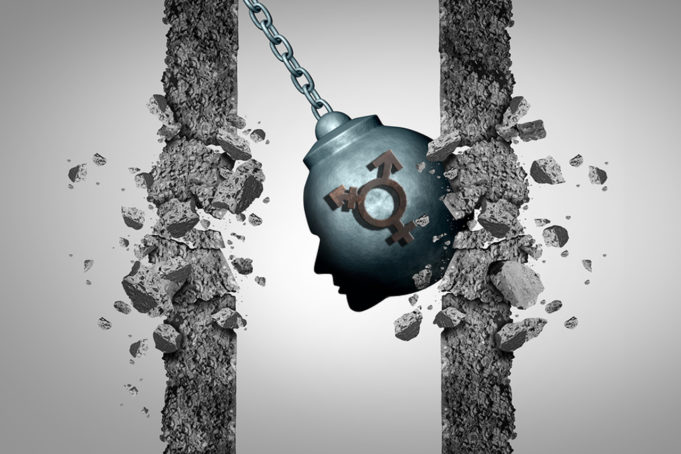There are a lot of transition narratives floating around the Internet of men and women who actualised themselves. It’s wonderful to see that people feel safe enough to share these stories. Perhaps the most common thread, anecdotally, is the need to take it slow and steady. Baby steps. Give yourself time, make sure you’re taking the space you need to change. It’s a good piece of advice, but not one that everyone actually follows.
It’s important to point out that there is tremendous diversity in how, when, and why people transition. We don’t always know what our real self is. We don’t necessarily have a plan. And what we do – or how quickly – is often accidental or left to the stars.
As a support worker for a local LGBT+ charity, I often find myself giving the sensible ‘slow and steady’ advice to my clients. However, I feel the need to qualify that narrative with the comment that I did not do that. Had I the chance to do it over again, I still wouldn’t do it that way. My transition was a flash in the pan. Still ongoing 14 months later because some things just take time, but the to do list is reduced to a single line: ‘wait for hormones and the system to catch up with me.’
“There are several aspects to a transition, and all can move at an independent pace.”
There are several aspects to a transition, and all can move at an independent pace. Certain aspects require time, particularly medical transitioning, because of the health service we’re working with and the reality that hormones work at the speed they work. Social and official transitions can happen more or less as quickly as we want. Some will socially transition quickly but take years to change their documents over. Others will start their medical transition and not socially transition at all. Still others will internalise their journey and not actually do any other thing to transition.

One might think that I moved so quickly because I had no doubt, and that would be false. I doubt myself every day. It’s OK to doubt; this is a big deal. Changing one’s fundamental role in society, or rejecting any of the roles on offer, is tricky business and nobody really understands what will happen until it’s done. Nobody really understands how it works and no amount of explanation prepares a person for the reality of that change. We are all blind.
The best illustration of this is to turn around to a binary identifying person and ask them to behave like one of the opposite gender. Or ask a non-binary person to behave as though they had a gender. The results are often hilarious, sometimes upsetting, but universally inaccurate. I can parody and caricature men, but I cannot be a man.
“..the notion that there is only one conclusion to gender dysphoria is a figment.”
And that’s the crux of it: we are who and what we are. We change as quickly as we change. We prioritise what we need, when we need it, and we doubt. There is going back. People do go back for all manner of reasons – though I should assert that the actual detransition rate is exceedingly low – and the notion that there is only one conclusion to gender dysphoria is a figment.
Always forward, never backward. Slow and steady. This is all great advice. Advice I give people in my work. But it’s not the only way by a long shot. While I grant it’s one of the most common transition narratives out there and works for many, it’s important to recognise that there is no wrong way to transition. Those of us that moved quickly, those folks that changed their minds (and then changed it again), the people who are not moving at all: their journey is just as correct and true as anyone else’s.
































